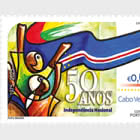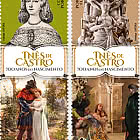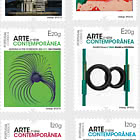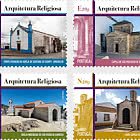The island of Timor, and likewise the islands to the east of the Strait of Malacca, has been referenced by Portuguese seafarers since the early sixteenth century. The pilot Francisco Rodrigues was the first Portuguese explorer to draw the map of the island; working between 1512 and 1513, he limited his meticulous sketch to the northern coast of the territory which he identified as follows: «this is the island of Timor where sandalwood is born» — precious information considering the importance of the international trade of this wood, highly valued in China and India. Hence, during the fifteen hundreds, this remote island was reputed only for its abundant sandalwood forests, a fame thus immortalised by Luís de Camões in Canto Ten of Os Lusíadas (1572): «And here is Timor, with its forests/ Of scented, invigorating sandalwood./ Look at Java, so vast [...]1».
The interest in sandalwood trade led the Portuguese to embark on organised visits to the island of Timor from 1515 onwards. However, it was only in the second half of the sixteenth century that the first efforts were made to occupy this territory on a permanent basis, initiated above all by Dominican missionaries who began by establishing a settlement on the small island of Solor, where they built a fortress that served as the base for the activities developed at that time in Timor. The importance of this island for the Portuguese interests in the region is also clearly evident in the extremely beautiful map penned by Fernão Vaz Dourado, dated 1576.
During this period, the Portuguese presence in Timor was rather fragile, almost symbolic, curiously being more significant on the western part of the main island of Timor, with its stronghold at Kupang, a settlement taken by the Dutch in the seventeenth century. Control over the territory, a primordial condition required to assure access to the existing raw materials on the island, was fundamentally based on the establishment of friendly relations with the indigenous chiefdoms, in addition to the necessary Portuguese presence at ports of embarkation of the commercially valuable products.
The incipient occupation of the territory explains the inexistence of archaeological remains related to the initial phase of the Portuguese presence in Timor. The loss of Kupang to the Dutch forced the
«colonial seat» to move northeast to Lifau, in the enclave of Oecusse, where it remained until 1769, the year of its destruction and abandonment, and also the foundation of Dili, the new «capital». There are very few descriptions of the people of Timor in the sixteenth century. Despite his previous cartographical records, the island does not feature in the drawings produced by Francisco Rodrigues detailing the landscapes of various islands to the east of Malacca although Timor would certainly not have been very different from the «portrait» that Rodrigues established of the neighbouring island of Alor. On the other hand, while the fifteenth century references to the lifestyles and housing conditions of the indigenous populations tend to be extremely simplistic and incomplete, the descriptions of the island and its peoples drawn by António Pigafetta in 1522 and the Jesuit priest Baltasar Dias in 1559, are exceptions in this regard. However, it is only due to the scientific output of anthropological studies and ethnographic missions conducted since the second half of the nineteenth century, that we are currently able to have a better idea of how the people of Timor lived and died at the time of the arrival of the Portuguese.












































